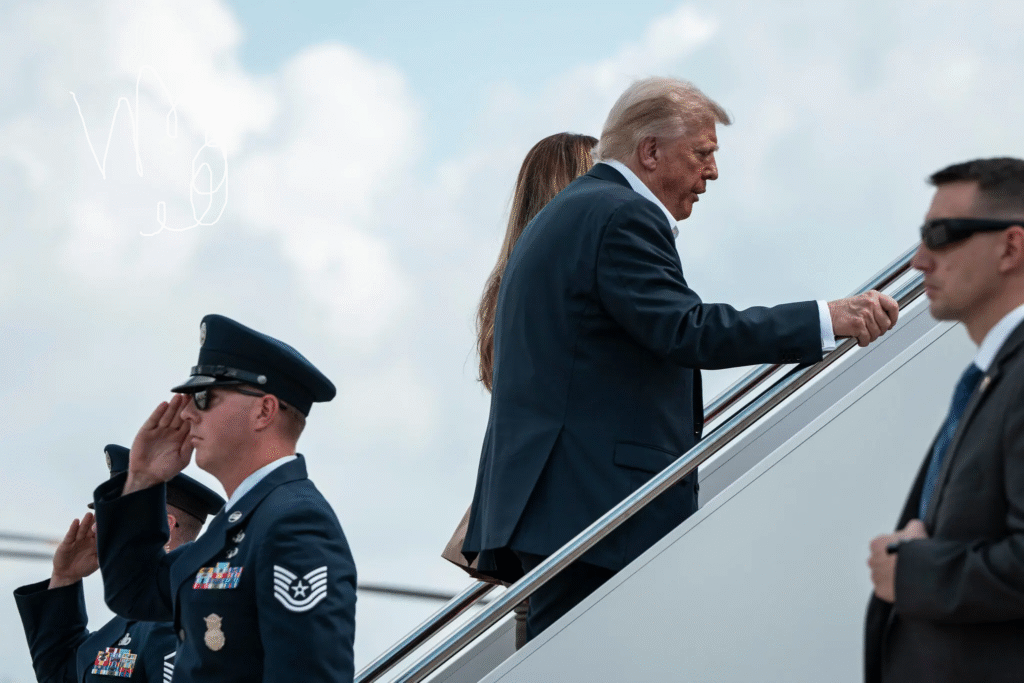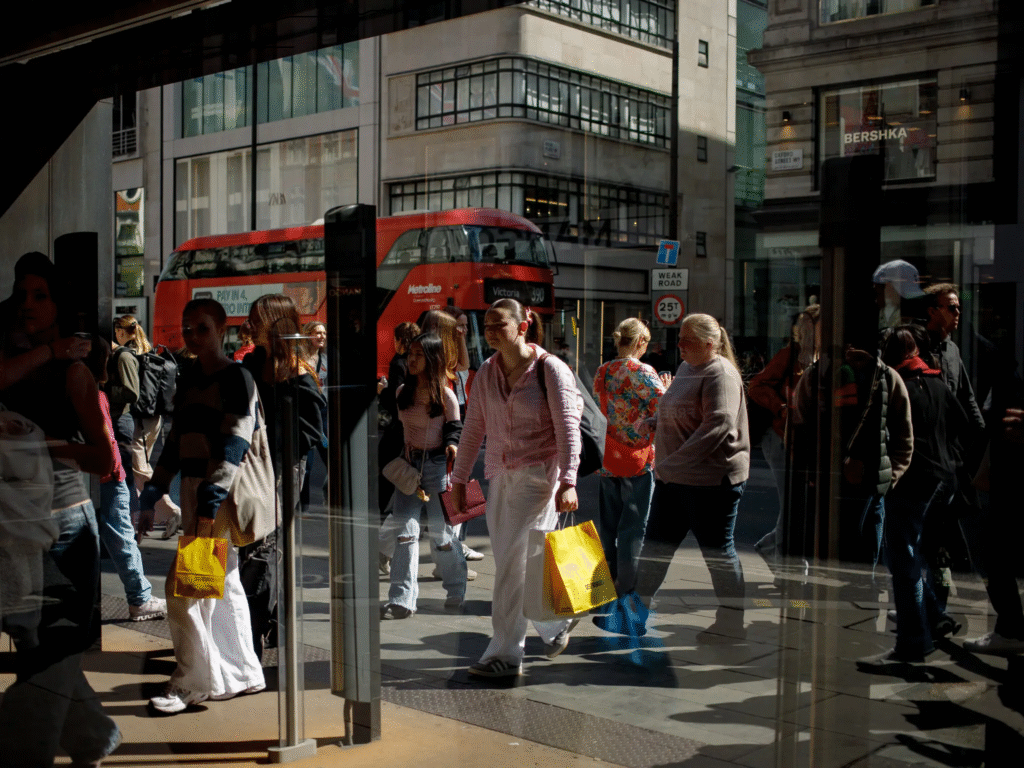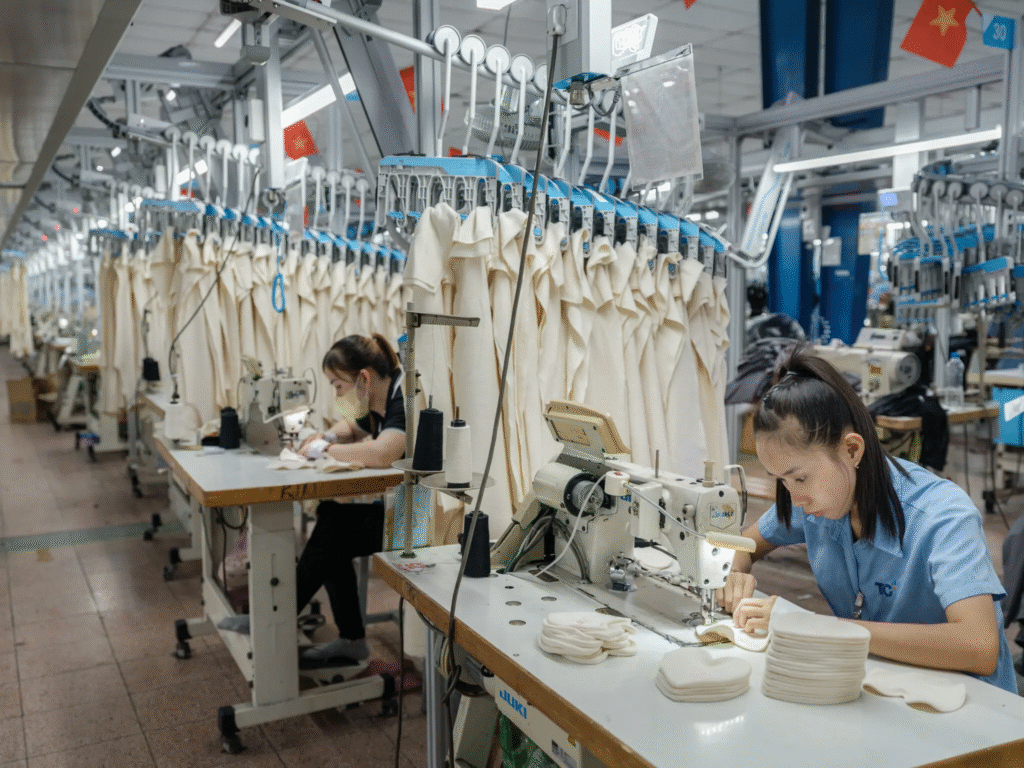The US is excluded from the trade map of the globe that the American allies wish to recreate.
In response to rising chaos, the European Union and many other nations are attempting to establish a worldwide trading hub that is less susceptible to American tariffs.
America’s allies are being brought closer together and further away from the United States by the chaos in international commerce. In the midst of all of this, the European Union is attempting to establish itself as the focal point of a fresh global trade map.
This weekend, the bloc discovered that Washington would impose a 30% tariff on it beginning August 1. In response, Ursula von der Leyen, the president of the E.U. executive branch, vowed to continue discussions. She also made it plain that the European Union would keep preparing to retaliate with force, even if any retaliation would be delayed until the beginning of August.

But that wasn’t the only strategy. Like many of the United States’ trading partners, Europe is also seeking for more dependable allies.
On Sunday, at a news conference with Indonesian President Prabowo Subianto in Brussels, Ms. von der Leyen stated, “We’re living in turbulent times, and when economic uncertainty meets geopolitical volatility, partners like us must come closer together.”
The European Union is striving to lower trade barriers and strengthen economic connections, while Mr. Trump is threatening to impose significant tariffs on several nations, including Indonesia.
“Some people, in difficult situations, turn inward, towards solitude and fragmentation,” Ms. von der Leyen stated. She then said, in a message implicitly directed to global leaders who have been alarmed by Mr. Trump’s tariffs, “You are always welcome here, and you can count on Europe.”
The split screen is growing in popularity. The United States creates uncertainty on one side by increasing tariff threats and destroying weeks of arduous discussions. In contrast, the 27-member European Union and other American trading partners are strengthening their relationships, creating the conditions for a global trade regime that is less dependent on the increasingly uncertain United States of America.
“We in Southeast Asia, particularly Indonesia, truly believe that Europe plays a crucial role in ensuring global stability,” Mr. Prabowo stated on Sunday.
Mr. Prabowo foresaw that the United States would continue to be a global leader and that it would be challenging to distance oneself from America. It has the biggest economy in the world, a booming consumer base, and cutting-edge goods and services.
However, several of America’s trading partners believe that they have no option but to diversify. Furthermore, trade ties are hard to modify, and once they have been completely restructured, they are also hard to revert.
At this very moment, that is what is happening.
Prior to President Trump’s announcement, EU negotiators had been interacting with their American counterparts for months. And until the middle of the week, Brussels was optimistic that it was getting closer to at least the framework for a deal: The European Union would agree to a baseline tariff of 10 percent, but it would also advocate for exceptions for important industries.
Mr. Trump, however, started alluding on Thursday that the group, which is one of America’s most important trading partners, will get a letter outlining a comprehensive, across-the-board tariff rate.
The White House formally informed E.U. officials on Friday that their meticulously crafted strategy had failed. Additionally, Mr Trump’s social media profile informed the public on Saturday that the bloc will be assessed a 30% fee.
At the same time, Mr Trump declared that he would impose a comparable tariff on Mexican goods. At 35%, Canada’s rate is a bit greater. Many other U.S. trade partners, including Thailand (35%), Bangladesh (35%), and Brazil (50%), seem to be following suit.
Mr. Trump has previously relented on planned tariffs and signaled a willingness to bargain them down before they take effect on August 1. The European Union and other economies are prepared to continue negotiations.
However, the environment is getting more and more unfriendly.
The most recent announcements are a “complete move of the goal posts,” according to Mujtaba Rahman, managing director for Europe at the Eurasia group, who claimed that Mr. Trump is “instrumentalizing uncertainty” in an effort to compel America’s trading partners to capitulate.
Following Mr. Trump’s statement on Saturday, there were increasing demands in Europe for a harsh response.
Brando Benifei, who leads the European Parliament’s delegation for relations with the United States, stated that “Trump is attempting to divide and terrify Europe.”
However, Ms. von der Leyen stated on Sunday that the bloc would wait until the beginning of August to implement retaliatory tariffs that were prepared in advance. Approximately $25 billion worth of items are subject to those tariffs. They were on the verge of going into effect early on Tuesday morning, after having already been put on hold once.

“At the same time, we will continue to prepare further countermeasures,” Ms. von der Leyen said.
Retaliating would only be the first step; in the long run, it might be even more beneficial to establish closer ties to external allies.
The European Union has been working hard to negotiate new trade agreements and strengthen current ones since Mr. Trump initiated his campaign to reorganize the trading system in February.
The European Union and Canada have come together. Five years after Britain formally left the European Union, there has been a rapprochement between the two parties. The bloc is attempting to strengthen trade ties with India and South Africa, as well as nations throughout Asia and South America.
The European Union is not the only global power employing such a strategy. Brazil and Mexico are also attempting to strengthen their relations with Southeast Asia, while Canada is getting closer to the region.
In order to counter the perceived support for Chinese manufacturing by the United States and China, which is accused of causing overproduction and market saturation with inexpensive products, authorities have even considered establishing trading structures that exclude both countries.
Recently, Ms von der Leyen proposed that Europe may seek a new partnership between the bloc and a trading group of 11 nations, including Japan, Vietnam, and Australia, excluding the US and China.
Analysts aks the most important questions, whether America’s friends would take it one step further. Could they actually unite to oppose the United States rather than just work together more and exclude the nation?

Jacob Funk Kirkegaard, a senior fellow at the Brussels-based economic policy research institute Bruegel, said that big nations might think about coordinating their response to Mr Trump’s most recent tariff raise. Their bargaining power could be increased by uniting.
“That’s the rational thing,” he said. “I would begin to look for coordination.”





























